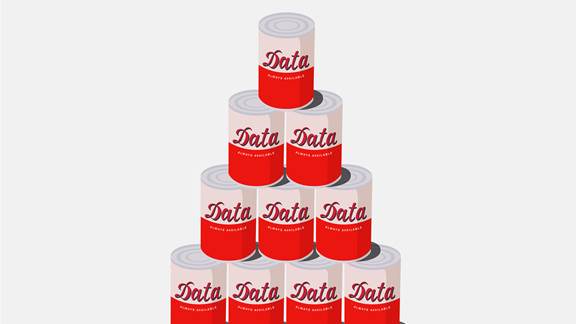Data is increasingly at the heart of every business – its growth in recent years has been meteoric.
This trend isn’t slowing down, especially since the pandemic has accelerated the digital transformation of many economic sectors. Digital offerings have
leapfrogged seven years or more of progress in the past 19 months. This has proved advantageous as well. Meanwhile, 83% of data-driven businesses gained critical advantages during Covid, according to a
YouGov survey. This sea change is forcing organisations around the world to rethink their data strategy.
The surge in digital assets, processes and uptake of technology means that more data is being amassed than at any point in history. Remarkably, most of humanity’s
data ever created has occurred in the past few years. Harnessing it, making sense of it and deriving value and insight from data have never been more important. Yet organisations are only now waking up to its inherent business value.
“The growth in data is exponential. Businesses are now storing a lot more. Yet the value that they are getting from data is not tracking the volume that’s being produced. There is seemingly no correlation between volume and value. We call this gap the ‘great data tension’ and it is a big issue,” explains Karl Hampson, chief technology officer, data and AI at Kin + Carta.
“This is not a sustainable place to be. The way businesses organise themselves for data needs to change in order to make the most of the global economy’s digital evolution. We need a revolution in how we enable data across the enterprise.”





